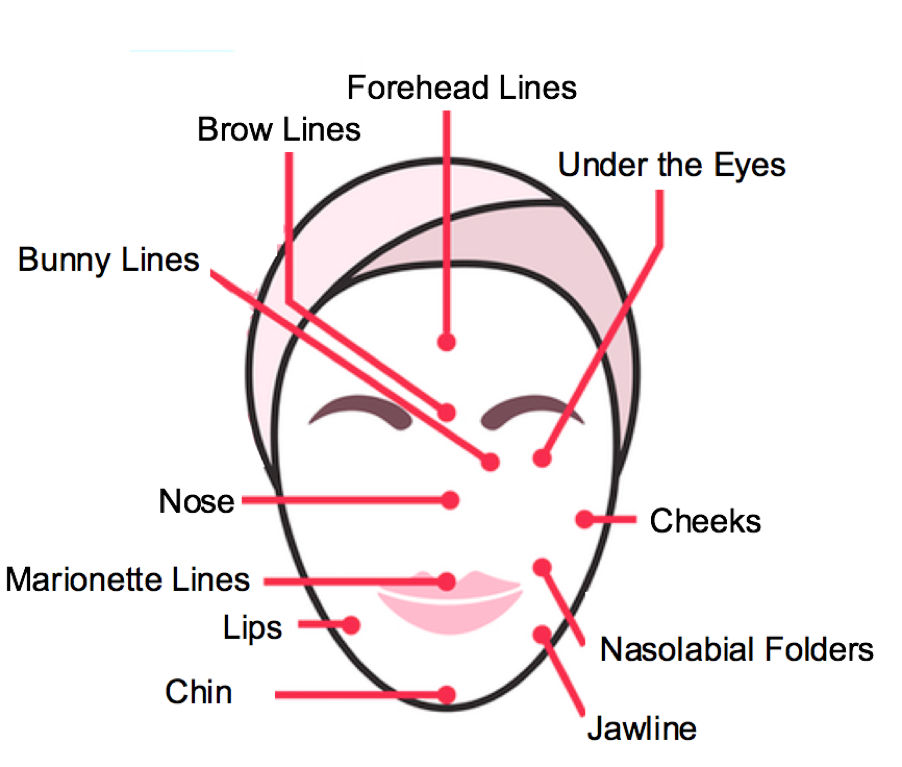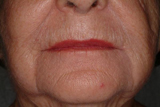 A dermal filler is a gel-like substance that is injected into unwanted folds, creases, and wrinkles to provide a more youthful appearance.
A dermal filler is a gel-like substance that is injected into unwanted folds, creases, and wrinkles to provide a more youthful appearance.
Fillers can be used to fill in the creases and lines around the mouth, and to replace the volume loss that naturally occurs with aging. Dermal fillers may also be used to augment lip lines and the lips themselves,
Most dermal fillers provide only temporary results. Fillers are slowly absorbed into the body resulting in diminished benefits over time.
Results
Before Dermal Filler

After Dermal Filler

Types of Dermal Fillers
Hyaluronic acid (Juvederm®, Restylane®, Perlane®)
The dermal fillers administered most commonly today are made of hyaluronic acid (HA). HA is a natural, spongy material found in human skin. It helps provide support and thickness to skin.
When injected into the skin in the form of specially-formualted hyaluronic fillers, HA smoothes lines, wrinkles, and creases. The cosmetic benefits of a hyaluronic acid filler can be seen for 3 months to one year depending on the type of filler used and the part of the body that was treated.
Poly-L-lactic acid (Sculptra®)
Poly-L-lactic acid is made from absorbable suture material and is used for facial contouring and to smooth deep lines, hollows, and depressions. Sculptra stimulates collagen production, so multiple treatments spaced weeks apart are often necessary to see lasting results.
Calcium hydroxylapatite (Radiesse®)
Radiesse® is made from microspheres of a synthetic version of the material found in bones and teeth. Once the spheres are injected into the skin, the body slowly produces collagen around them. This filler lasts for a year or longer and is especially helpful for nasolabial and melolabial folds around the nose and mouth and for filling out hollow cheeks.
Collagen
Collagen is a natural protein found in human skin that degrades with aging and sun exposure. Collagen injections have been used for many years to enhnance lips and smooth out wrinkles. Originally, the collagen was derived form cattle and commonly triggered allergic reactions. This required allergy testing prior to treatment. In 2003, newer forms became available (Cosmoderm® and the thicker Cosmoplast®). These forms of collagen do not carry the same risk of developing allergies and do not required allergy testing.
Permanent Fillers
Permanent fillers are used more sparingly because of the long-term implications. Permanent fillers are made of methyl methacrylate (Artefill®) and silicone.
Source: Vivacare
Last updated : 5/14/2020